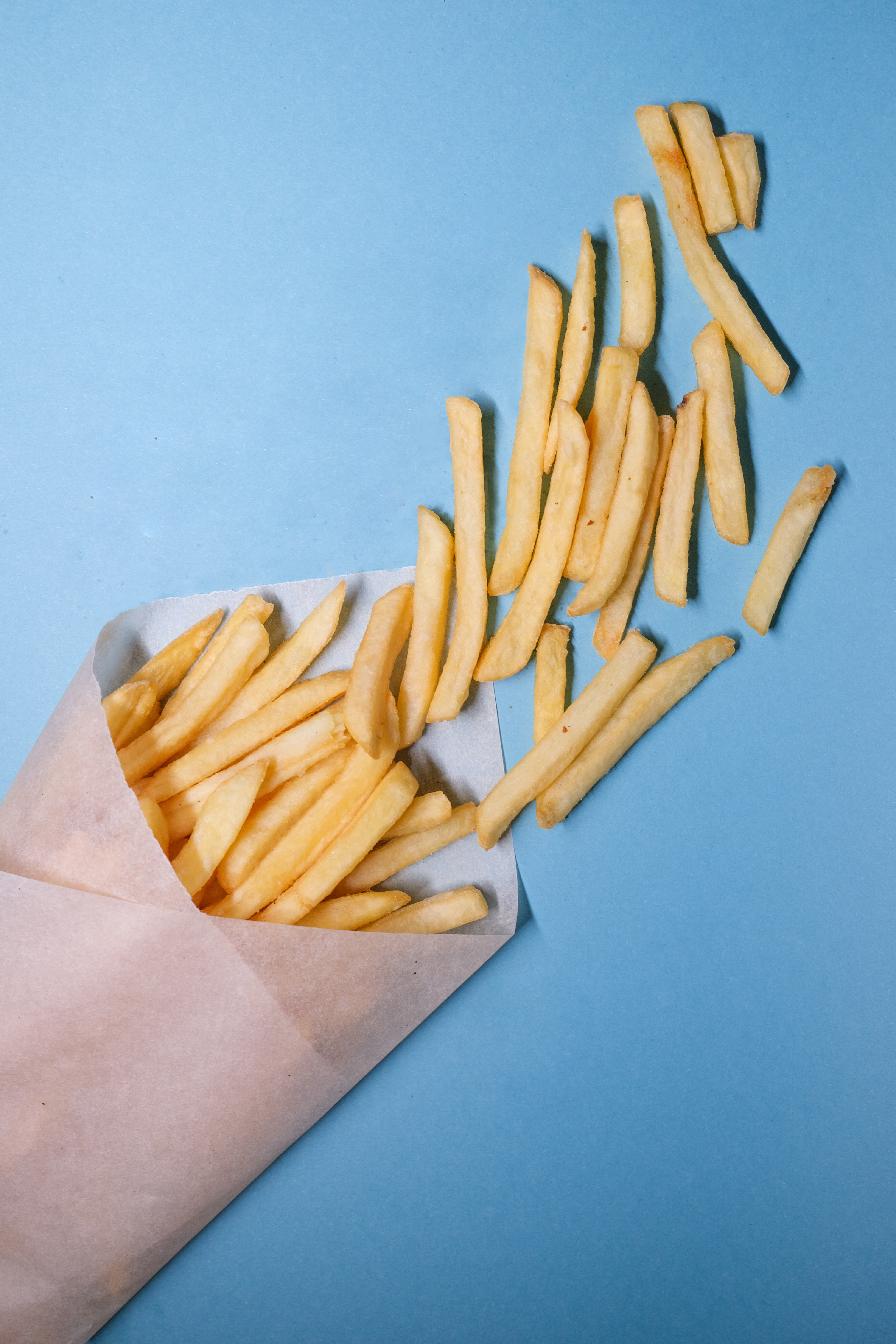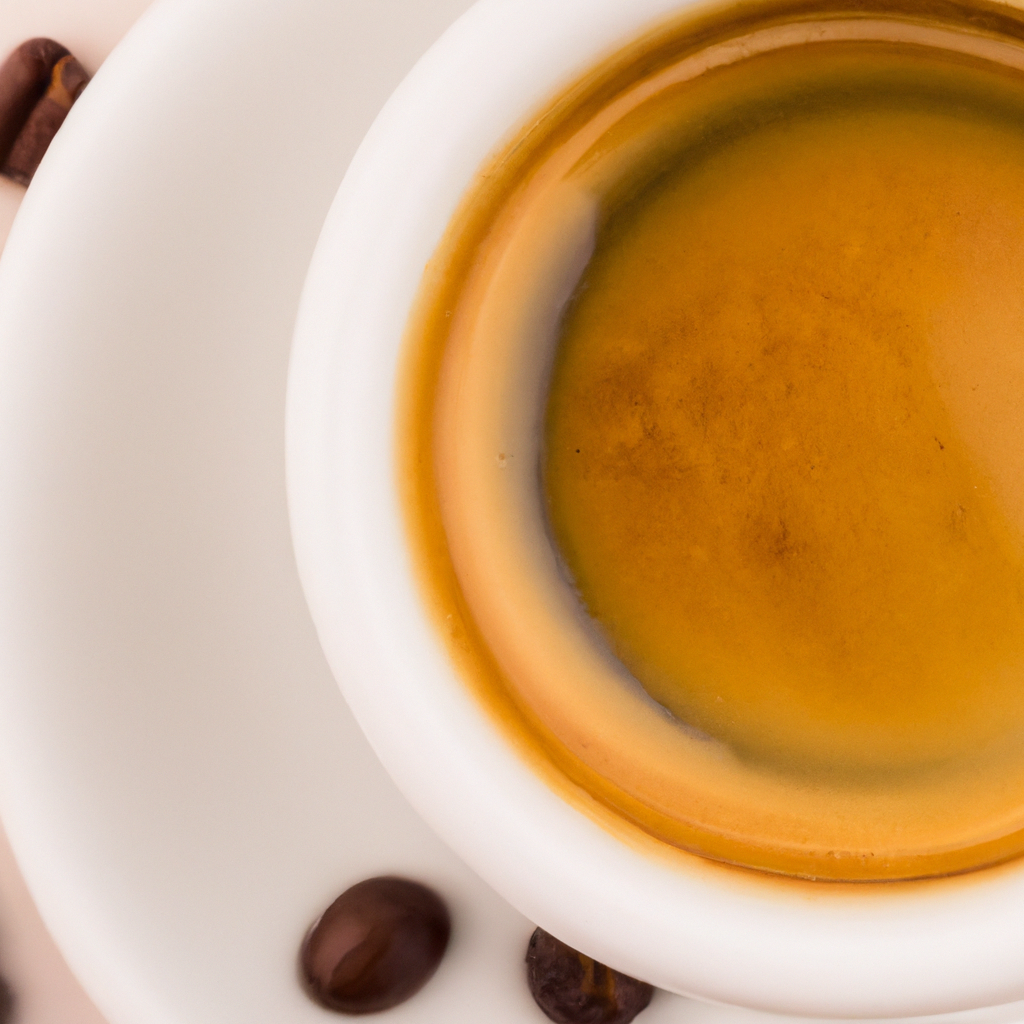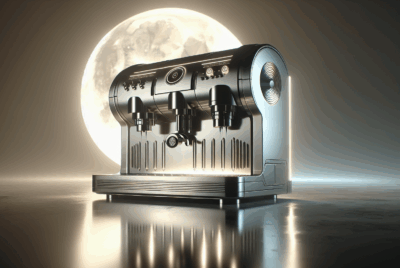How Many Calories Are in an Espresso?
As an Amazon Associate, I earn from qualifying purchases, at no additional cost to you. Disclaimer
It’s truly fascinating, the things we learn every day! Today, I found myself musing on a rather peculiar question – how many calories are in an espresso? While I was sipping on my daily cup of rejuvenation, I began pondering about the potential calorific value packed in that small but robust cup of coffee. The topic intrigued me so much that I decided to research and enlighten myself about the surprising facts hidden behind the dark, irresistibly aromatic beverage. So, if you’re just as curious as I am, why not join me on this enlightening journey through the masters of all coffee, the ever-beloved espresso.

What is An Espresso?
If you’re an avid coffee enthusiast like myself, then you’re no stranger to the bold and rich taste of espresso. But what exactly is espresso?
Definition of Espresso
Espresso, derived from the Italian word ‘esprimere’ meaning to express, is a concentrated form of coffee served in small, strong shots and is the base for many other popular coffee drinks. It is significantly stronger than regular drip coffee due to the method of preparation which forces a small amount of nearly boiling water under at least 9 bars of pressure through finely ground coffee beans.
History of Espresso
Espresso hails from Italy, arisen during the early 20th century when Luigi Bezzera invented a method to make coffee faster. Hence, the name, meaning ‘fast’ in Italian, stuck around. The rapid brewing method brought out the best of coffee – yielding a full-bodied, aromatic and potent beverage.
Preparation of Espresso
Making espresso, unlike regular coffee, needs a special kind of machine. Coffee beans are ground to a fine consistency, tightly packed into a portafilter then subjected to high-pressure hot water. This process results in a concentrated shot of coffee topped with a rich ‘crema’ – the mark of a well-brewed espresso.
Basic Nutritional Facts of a Typical Espresso
Now that we’ve got a good foundation about what espresso is, let’s delve into its nutritional facts.
Amount of Calories
When it comes to calories, espresso will be kind to your waistline. A usual single shot of espresso (around 30ml) contains about 3 calories. The majority of these calories come from the trace amounts of proteins, fats, and carbohydrates found in the coffee beans.
Other Nutritional Elements such as Fats, Proteins, and Carbohydrates
In addition to the minimal caloric content, a shot of espresso also provides small amounts of potassium, magnesium and niacin. But keep in mind, while espresso contains certain beneficial nutrients, it is not a significant source of vitamins or minerals.

Factors That Influence the Calorie Content in Espresso
Size of the Serving
A standard serving of espresso is about 30ml, or one fluid ounce and contains about 3 calories. A double serving, or doppio, is about 60ml and contains approximately 6 calories. Simply put, the more you drink, the higher the calorie count.
Type of Beans Used
Arabica beans and Robusta beans are two varieties commonly used for making espresso. The calorie content can vary slightly based on the type of bean used, but the difference is minimal at most.
Preparation Process
The brewing process has a small, yet noticeable effect on the amount of calories in the espresso. The pressure at which the water is forced through the coffee grounds affects the concentration and thus the calories.
Espresso Compared to Other Coffees
Calories in Espresso vs Drip Coffee
Comparatively, a standard cup of drip coffee contains more calories than a shot of espresso mainly due to the larger serving size. The calorie content comes in at about 5 calories for an 8 ounce serving.
Calories in Espresso vs Latte
Lattes, which are espresso shots mixed with steamed milk, contain significantly more calories than a plain espresso. A 16-ounce latte typically contains about 190 calories.
Calories in Espresso vs Cappuccino
Cappuccino, a blend of equal parts espresso, steamed milk, and milk foam, also has more calories than plain espresso. A 12-ounce serving contains around 120 calories.

Espresso Add-Ons and their Caloric Impact
Adding Sugar
When you add a teaspoon of sugar to your espresso, you’re looking at an additional 16 calories. More sugar means more calories.
Adding Creamer
Creamer can significantly boost the caloric value of your espresso with a tablespoon of heavy cream containing about 50 calories. Lighter options like half and half or non-dairy creamers have fewer calories.
Adding Flavored Syrups
Most flavored coffee syrups, such as vanilla or caramel, contain about 20 calories per pump. This can quickly add up if you’re not careful.
Detailed Breakdown: Espresso and Weight Loss
Role of Espresso in Fat Burning
Espresso contains caffeine, which has been shown to increase metabolic rate and promote fat burning. However, this effect is less pronounced in those who regularly consume caffeine.
Attention to Calories in Additional Ingredients
While espresso itself is low in calories, additional ingredients such as sugar, cream, and flavored syrups can quickly turn your healthy espresso into a calorie bomb.

Health Benefits and Risks of Consuming Espresso
Possible Health Benefits
Aside from its low-calorie content, espresso offers other health benefits. It’s rich in antioxidants, it may boost long-term memory, and it could decrease the risk of stroke and certain types of cancer.
Potential Health Risks
Risks associated with espresso consumption primarily revolve around its caffeine content. Excessive intake can lead to insomnia, digestive problems, rapid heart rate, and addiction.
Safe Consumption Levels
In moderation, espresso can be a healthy part of your diet. Experts generally agree that up to 400mg of caffeine (about 4 1-oz shots of espresso) per day is safe for most healthy adults.
Low-calorie Espresso Options
Option of Black Espresso
Black espresso is a great low-calorie option. Without adding anything else, espresso provides a flavorful experience with minimal calories.
Using Low-Calorie Sweeteners
Swapping out regular sugar for low-calorie sweeteners can keep the calorie count of your espresso low, but remember to use these in moderation.
Choosing Non-Fat Milk
Going for non-fat milk instead of full-fat in drinks like lattes and cappuccinos can significantly reduce calorie counts.

Calories in Popular Espresso-Based Coffee Drinks
Calories in Americano
An Americano is made of a shot of espresso and hot water. It contains around 15 calories in a 16-ounce serving.
Calories in Macchiato
A macchiato, composed of a shot of espresso and a small amount of foamed milk, contains about 20 calories.
Calories in Mocha
A mocha is made with espresso, steamed milk, and chocolate syrup. This combination results in a higher-calorie coffee drink, with a 16 ounces delivering about 360-400 calories.
Calories in Flat White
A flat white, which is made of two shots of espresso topped with a thin, velvety layer of steamed milk, contains roughly 155 calories for a 12-ounce serving.
Final Words: Conscious Consumption
After all, it’s not just about the espresso, but about how you choose to enjoy it.
Taking Note of Calories Consumed
When enjoying your espresso, always keep in mind the calories involved, especially if you’re watching your weight.
Maintaining a Balanced Diet and Exercise
Drinking espresso can complement a balanced diet and consistent exercise routine, but it can’t replace the two.
Reviewing Overall Caffeinated Intake
As with all foods and beverages, moderation is key. Although espresso has less caffeine than other coffees, it’s important to take note of your overall daily caffeine intake.




